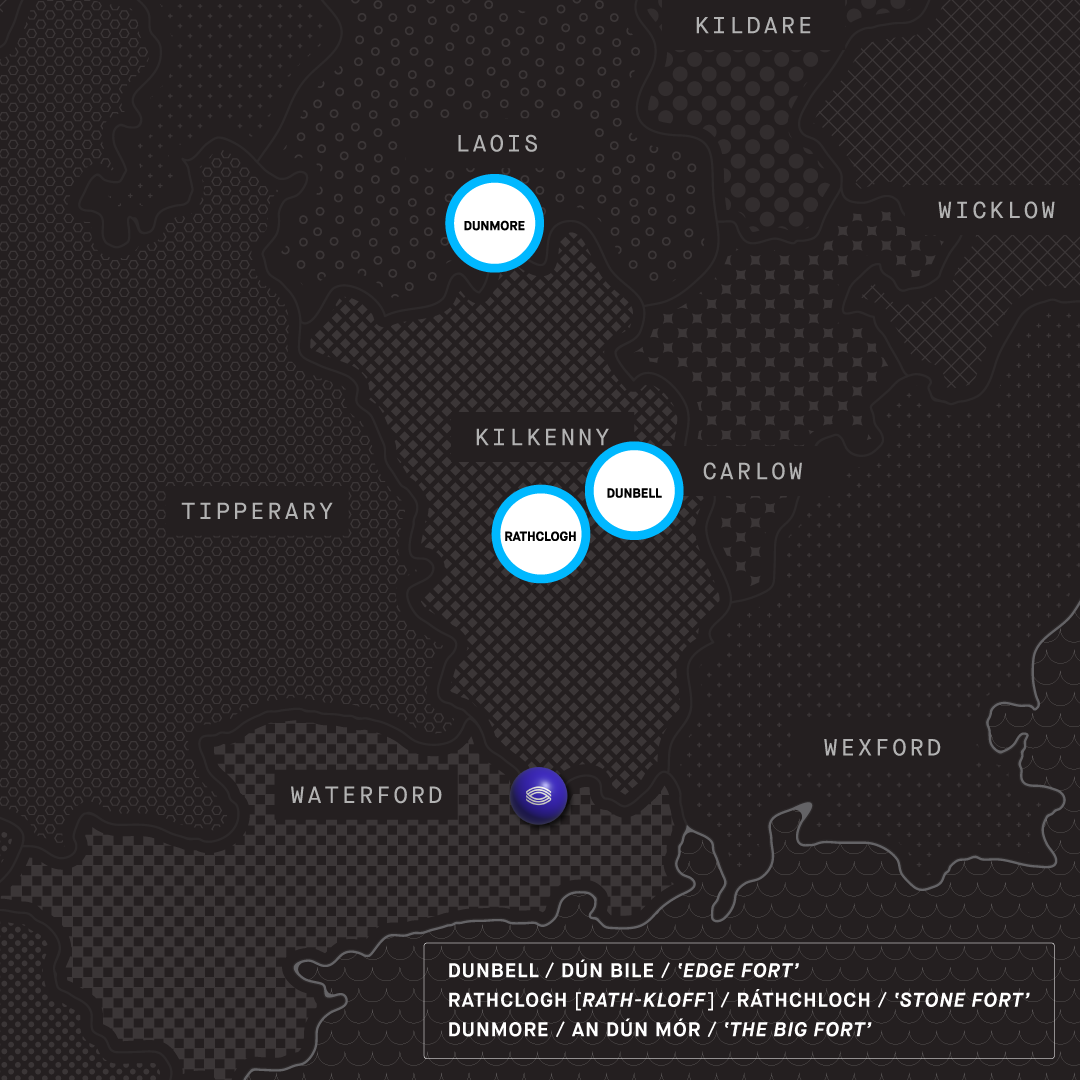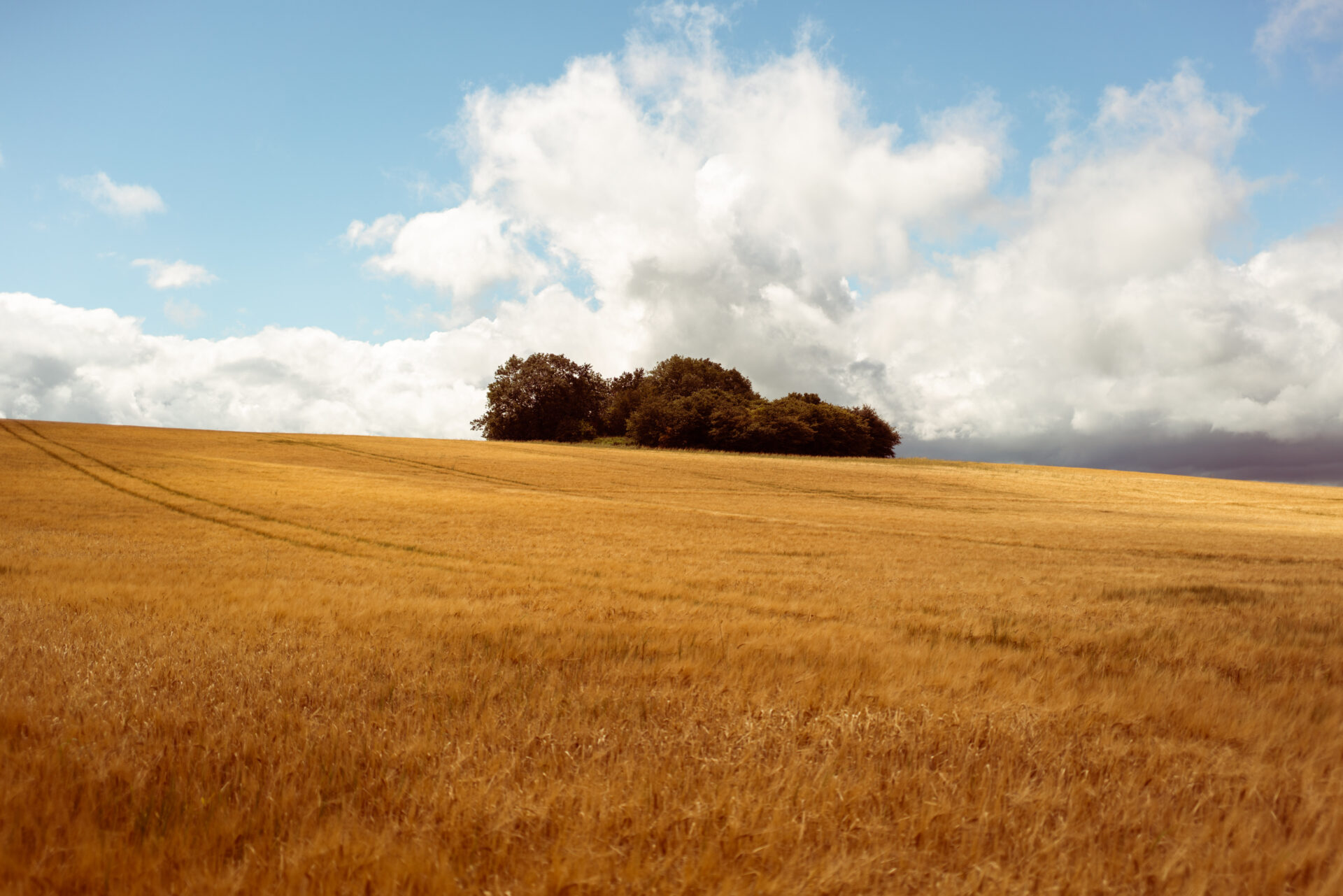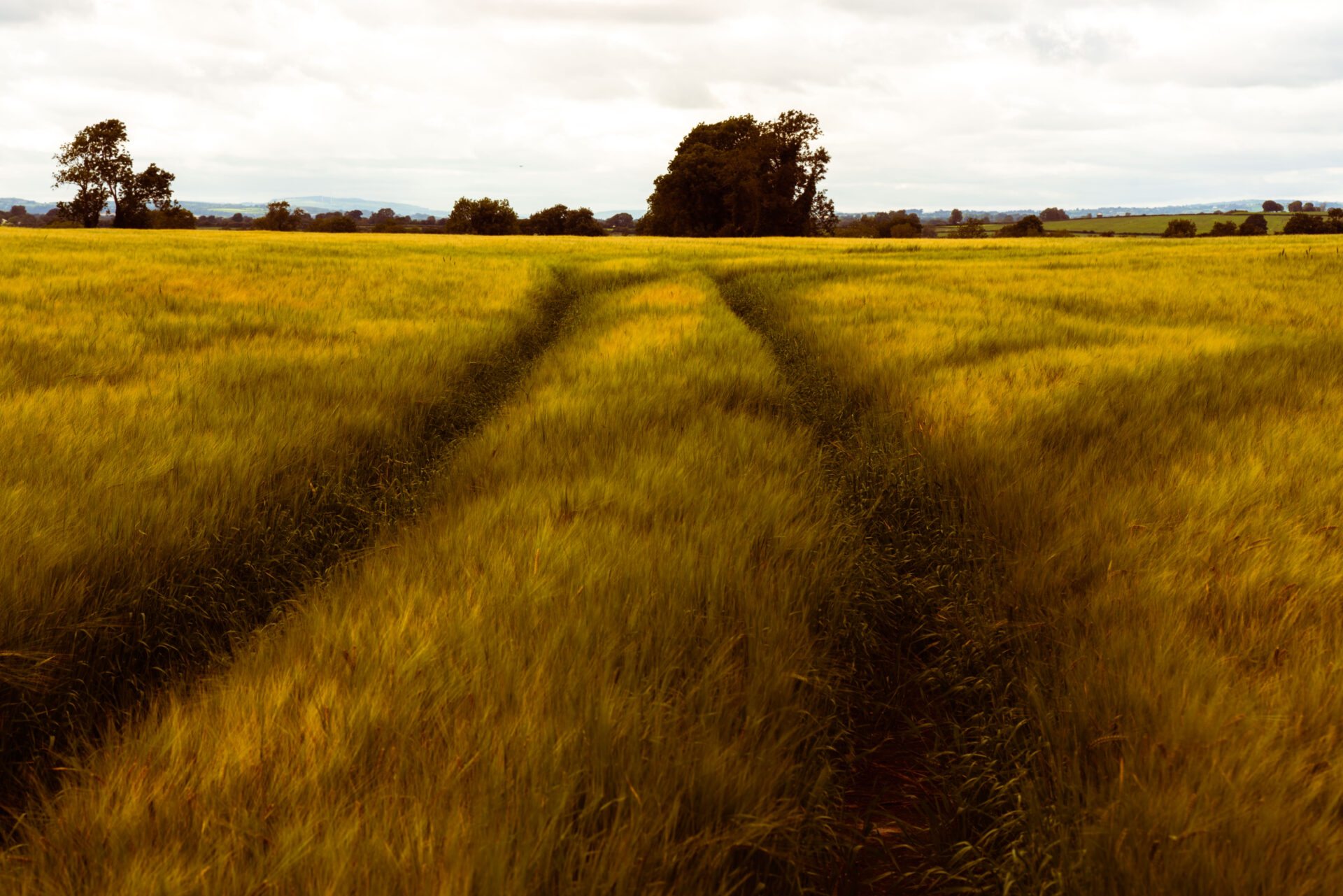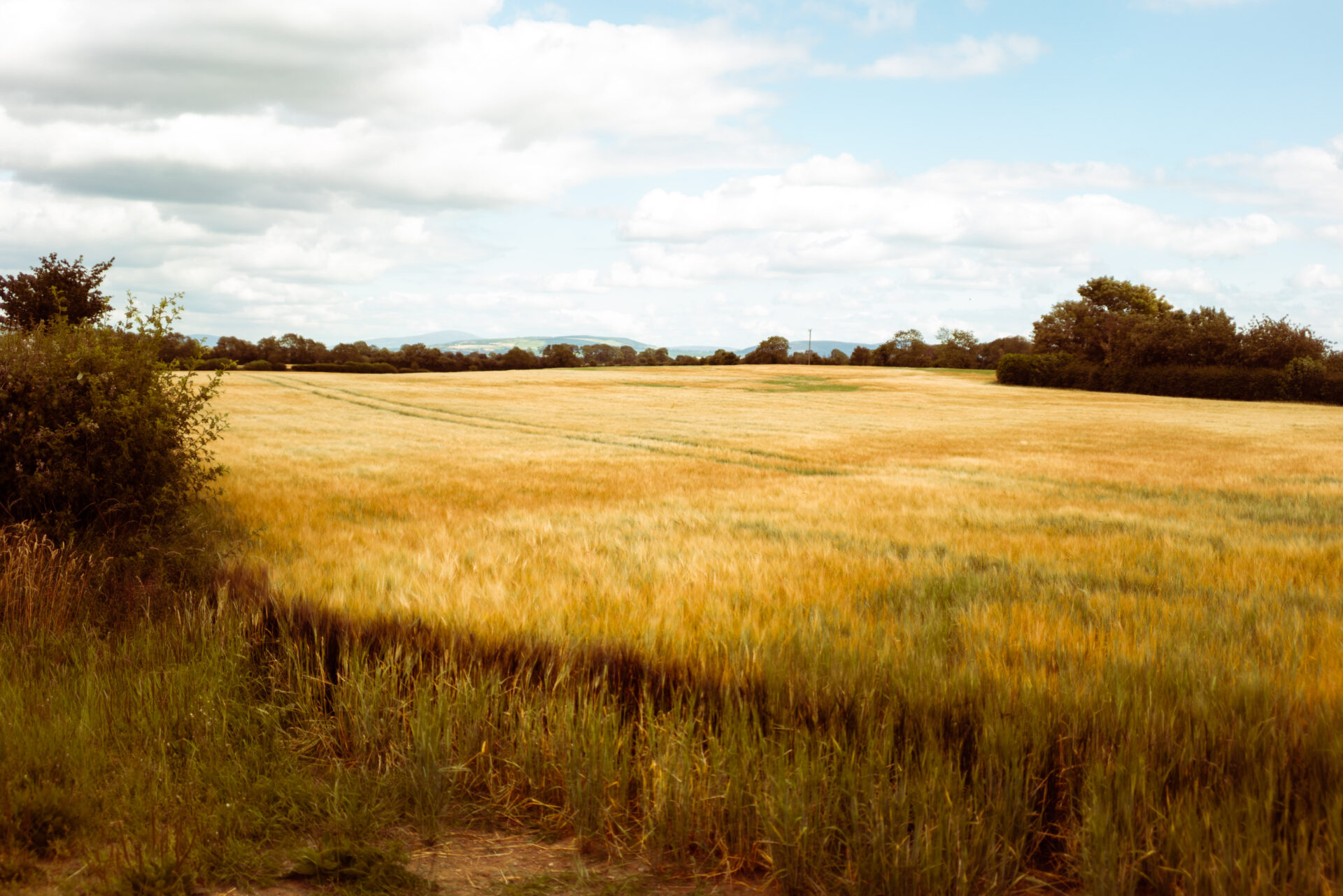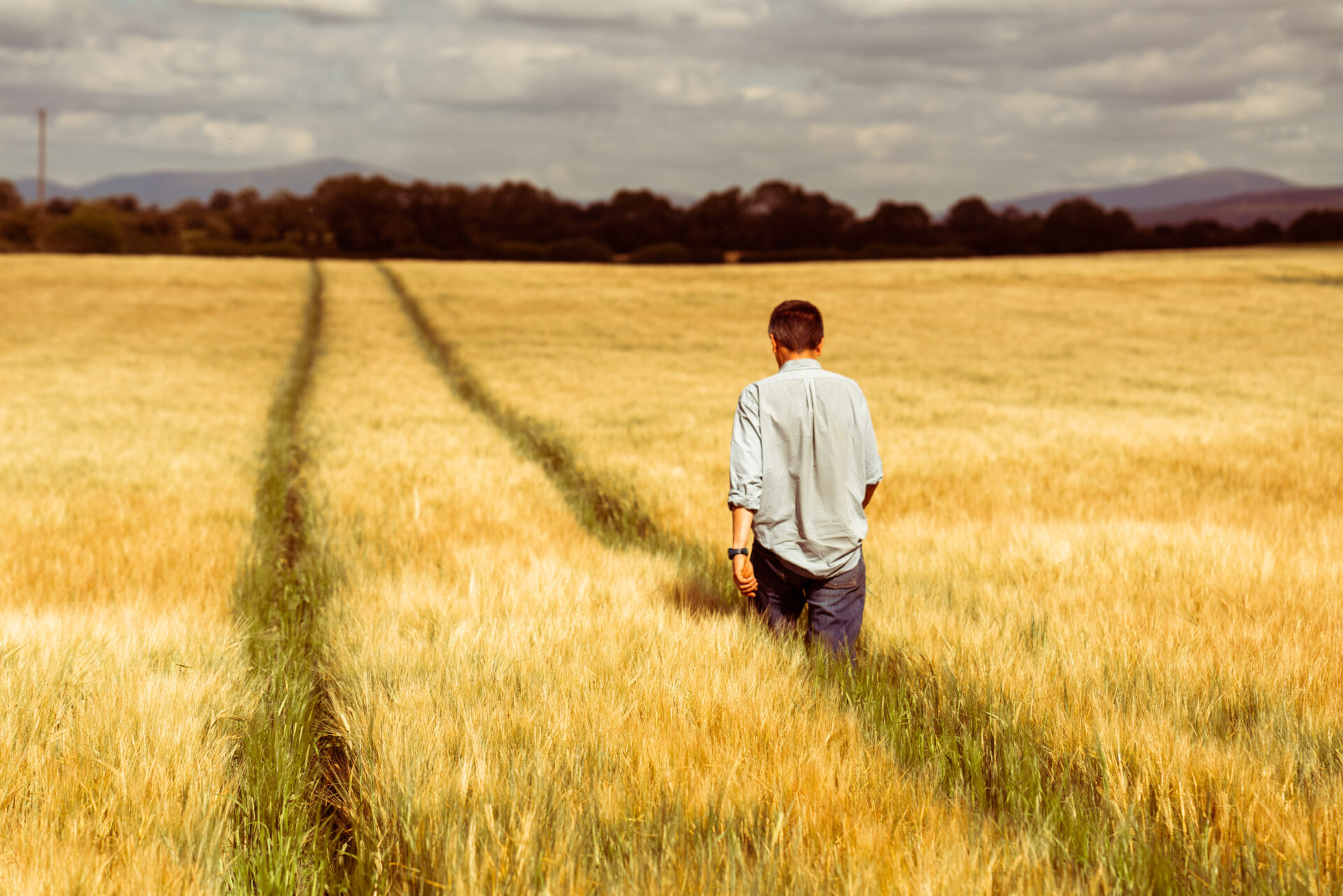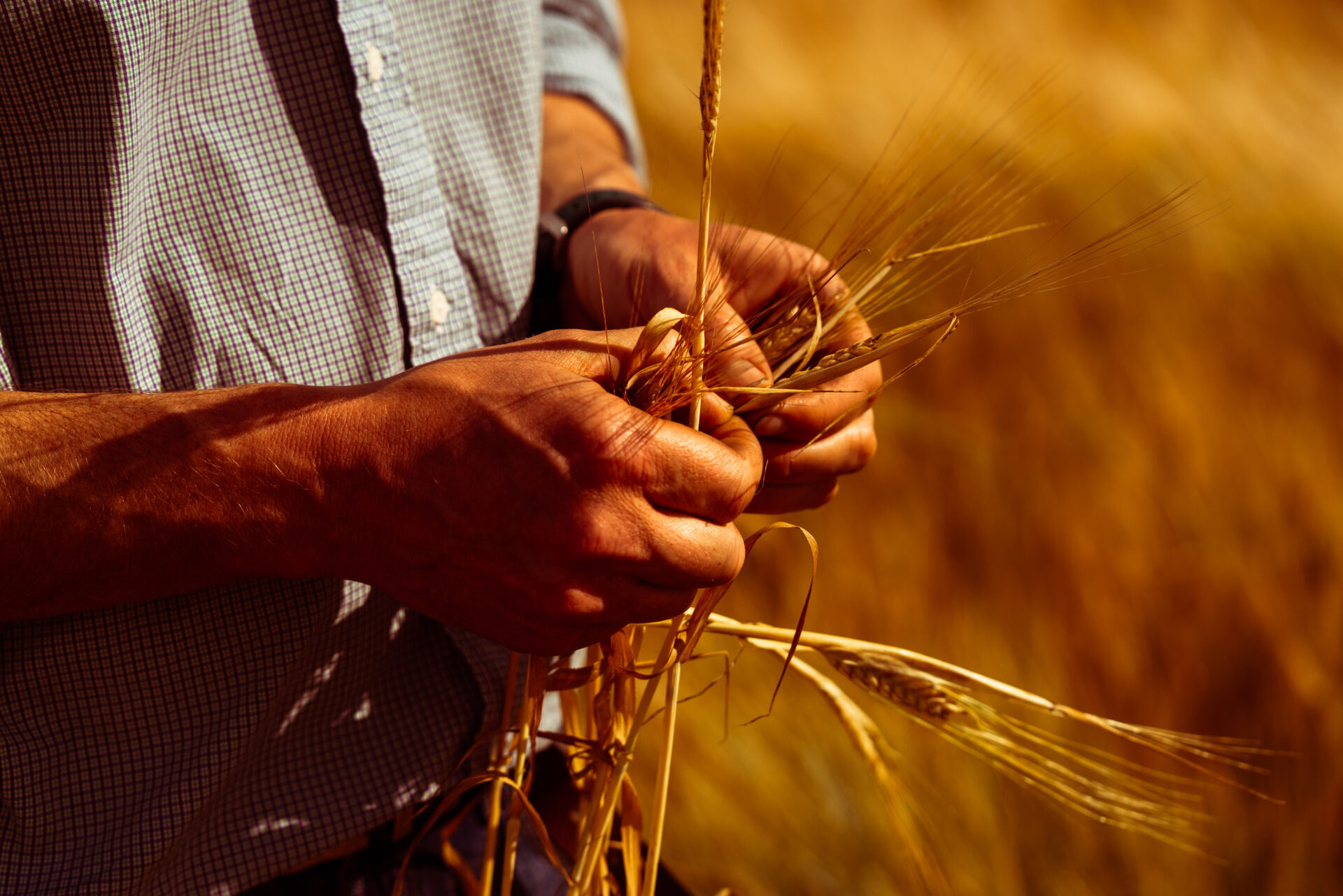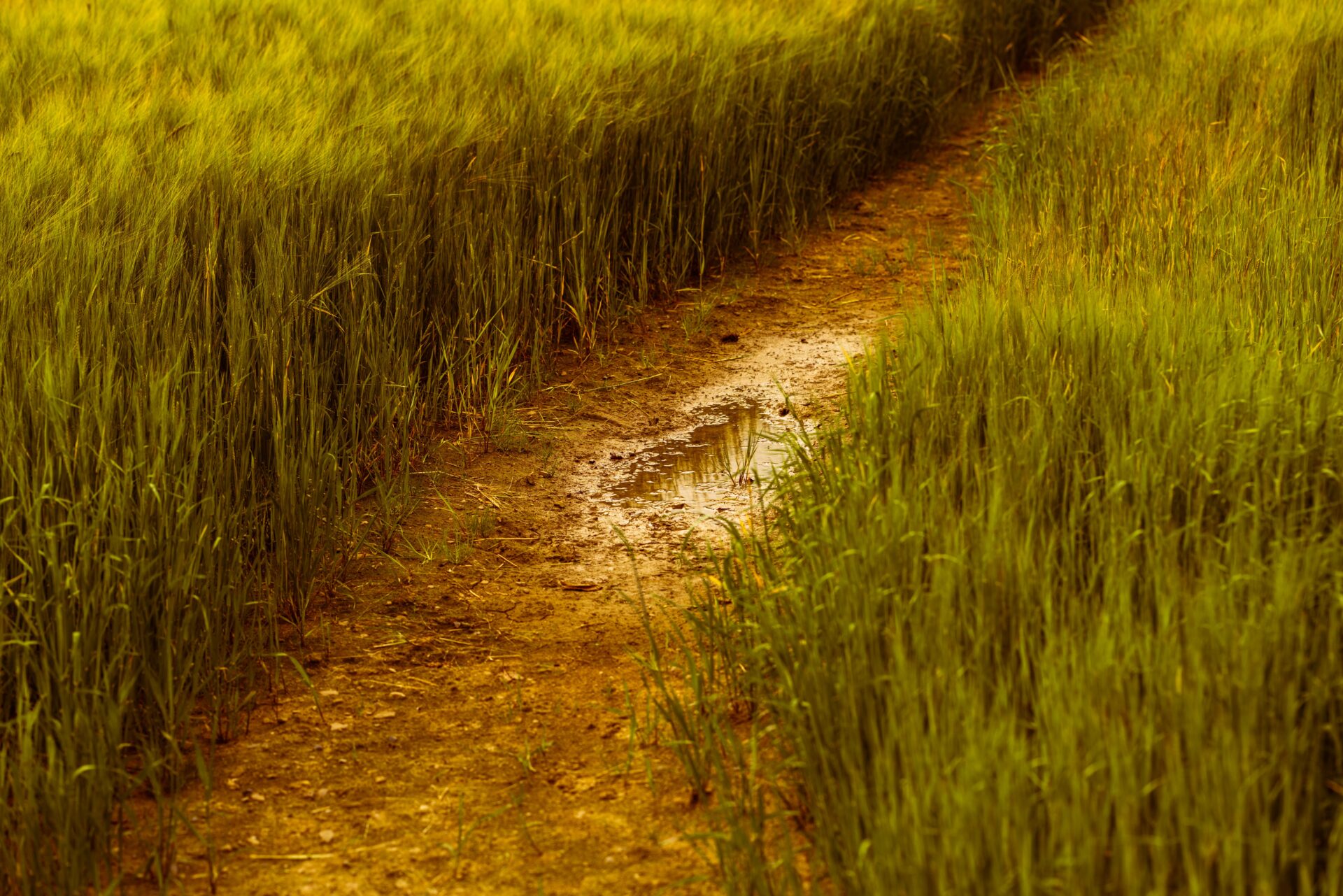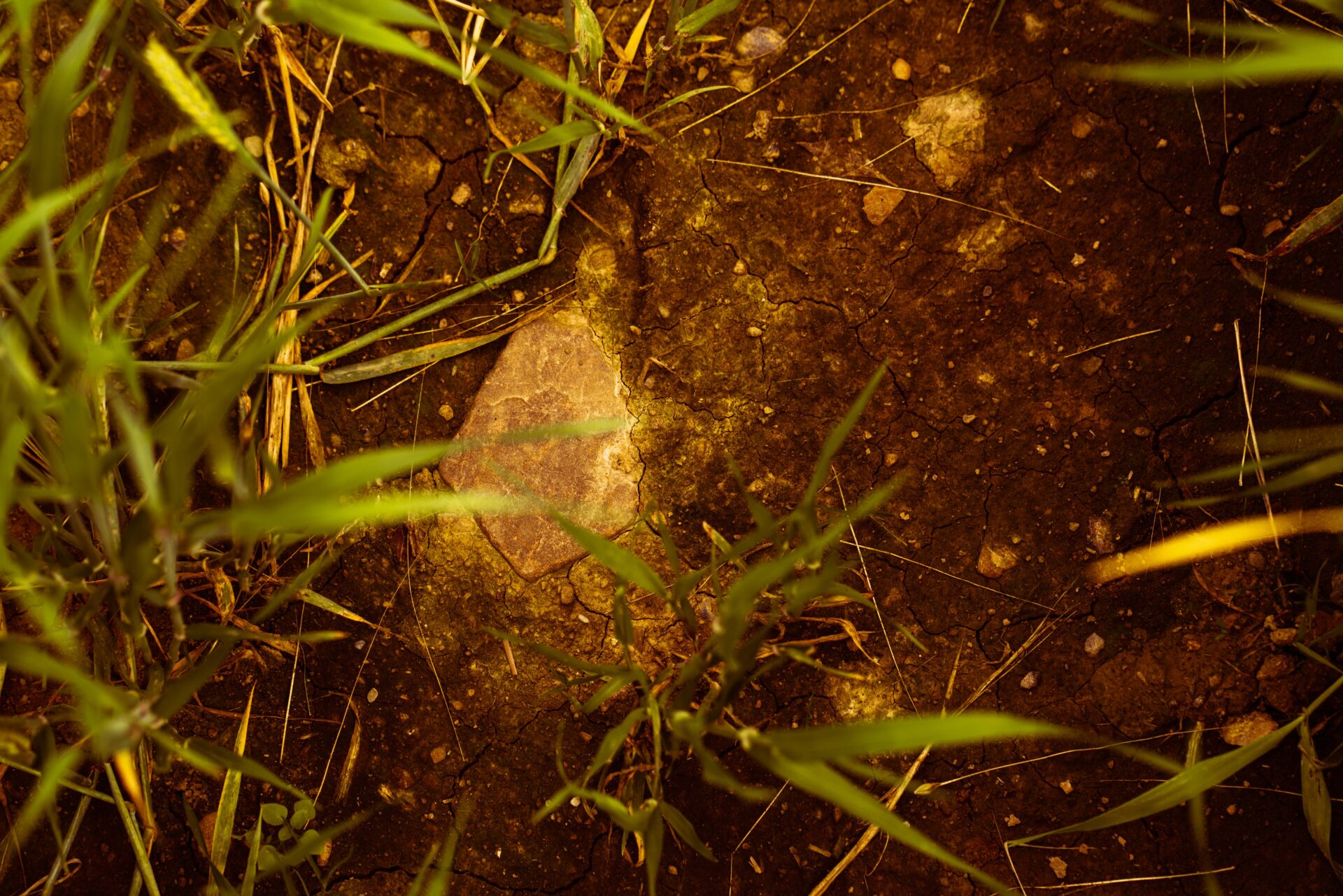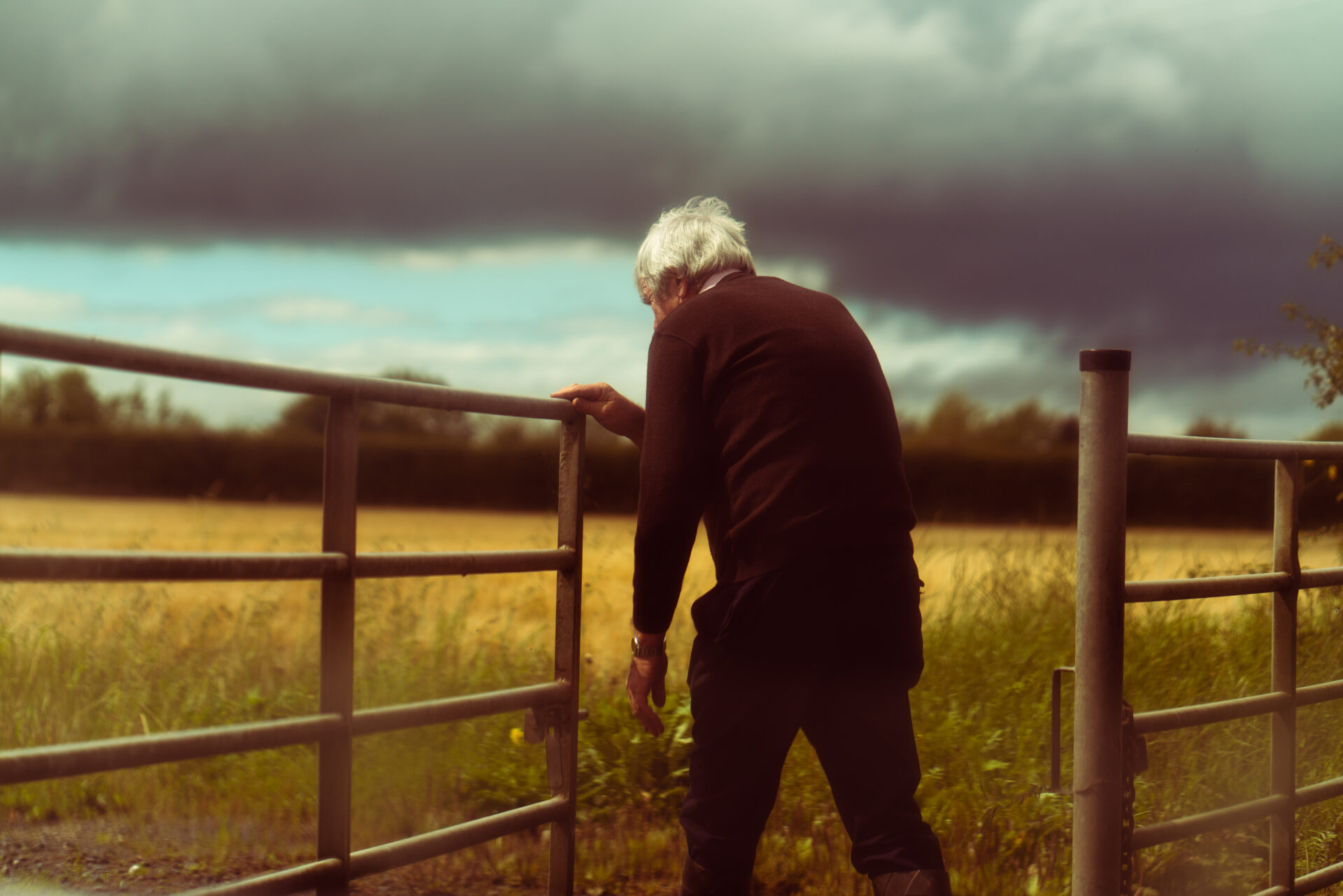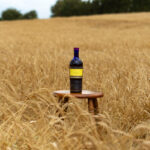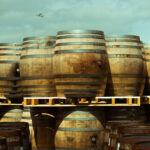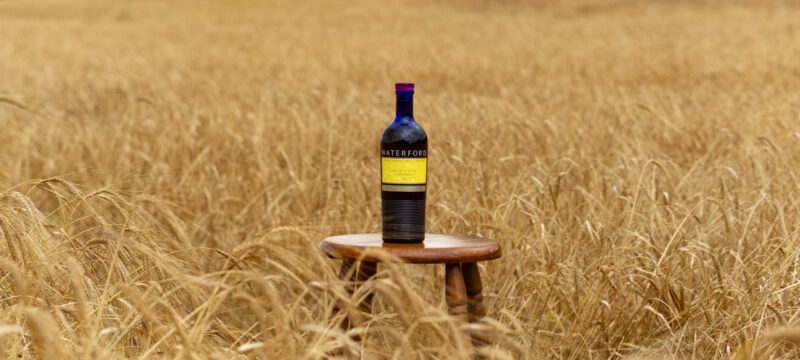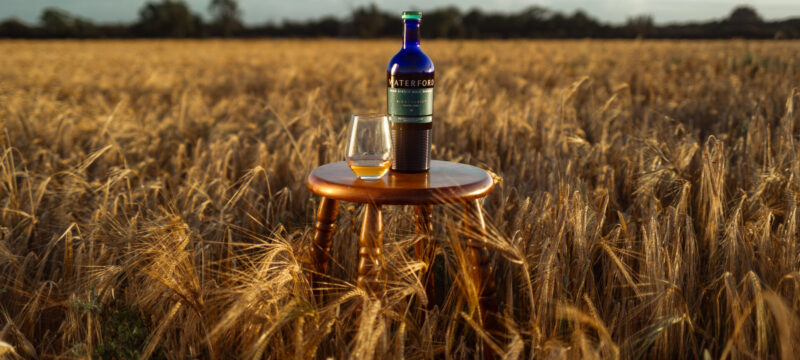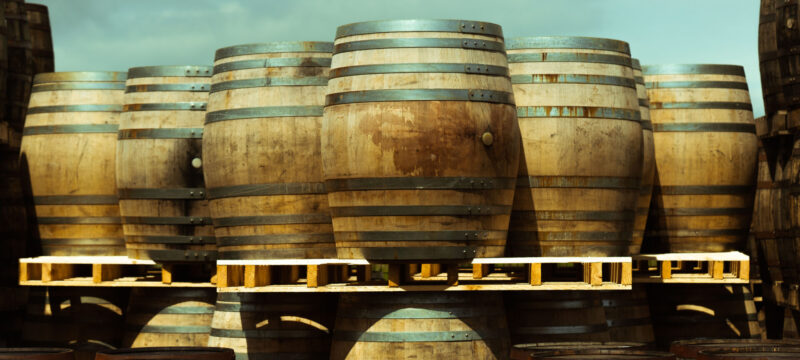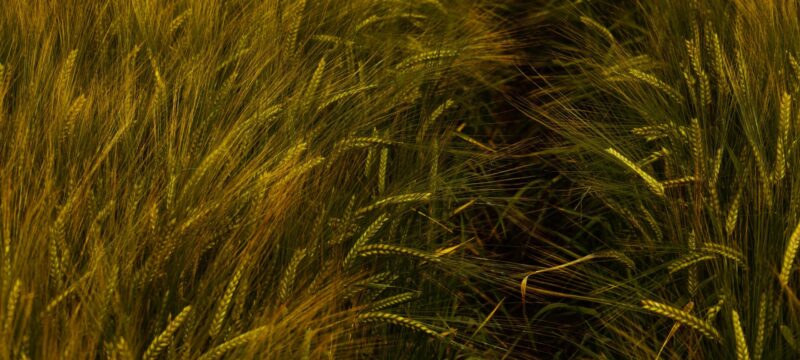It’s easy to romanticise a ‘spirit of its place’, especially when the places are as handsome as the likes of fertile Dunbell or wooded Dunmore, and bedecked with historical curiosities like Tullaherin’s tower, looming beside Dunbell, or Danesfort Castle, near Rathclogh. And of course these are certainly part of the charm and story of our farms.
But aesthetics , as lovely as they are, overlook the tangible effects that the land’s physicality – its site and shape and place – has not only on the barley that grows there, but the way its resultant flavours subsequently manifest in whisky. That shallow ground and earlier sowing – a shift away in aroma and flavour from the deeper earth and the delay in the seed going down. That subtle, western-facing slope at Dunmore, that mineral-rich depression at Rathclogh – a twist in flavour again.
The degree that flavour can be impacted by seemingly small changes in the physical landscape has long been marked in wine. One only has to look at the contiguous Grand Crus of Chablis, along their south-facing slope on the right bank of the River Serein. Not to mention all the quirks and distinctions found amongst the vineyards of Alsace or the Côte d’Or. Magnified by distillation, it is (literally) mouthwatering to consider the ways these subtle variations of terroir might manifest in our single malt whisky.
Whilst we’re still very much at the beginning of our journey of unearthing how geographical feature manifests as natural flavour, our Single Farm Origin bottlings – such as Dunmore, Dunbell and Rathclogh themselves – offer curious drinkers the most practical (and enjoyable) opportunities to compare and contrast for themselves. Pour a measure of Rathclogh and find in its whorls and depths the pattern of the farm’s harvest and the slope into a mineral-rich depression. The wood-fringed nook of Dunmore that yields its roasty maltiness; the clutching Dunbell clay with a fingerprint of fruit.
